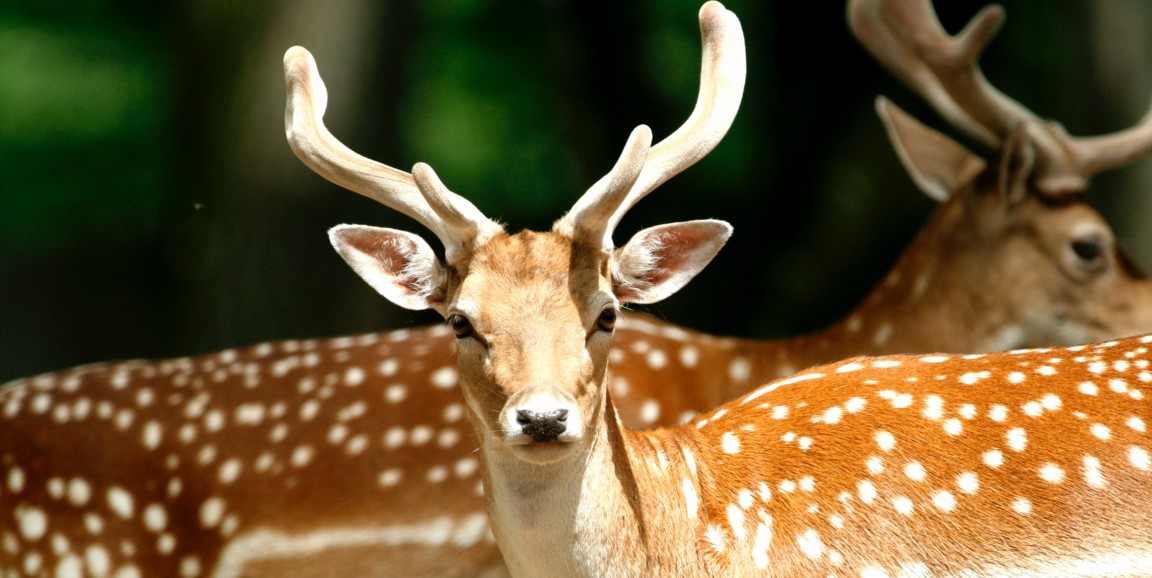Peter Yang was napping on a tour bus in Alaska, when his wife gave him a nudge. "Hey, you oughta hear this," she told him. They were on an eight-hour ride to Denali National Park and their guide was mid-spiel, describing the remarkable growth rate of deer antlers, a type of regenerative bone.
Yang, PhD, an orthopedic researcher at Stanford, perked up. "I remember him saying that deer antlers can grow at 2 centimeters per day in the peak growth period," Yang recalled. "And it made me think — what's driving that on a molecular level? Perhaps even more intriguingly, could that type of speedy bone growth be applied to bone therapies in humans?"
Now, Yang has discovered two particular genes that seem to drive bone cell proliferation and mineralization, both crucial to quick bone growth.
As explained in our release:
The genes Yang and his collaborators identified are uhrf1, which supports rapid bone cell proliferation, and s100a10, which supports rapid mineralization, or the hardening of bone tissue. Together, the genes work in a one-two punch fashion, with uhrf1 spurring bone cell generation and s100a10 working to cement the bone’s structural matrix
What lends even more transformative potential to Yang’s research is that both uhrf1 and s100a10 are linked to bone development in humans.
A paper detailing the researchers’ findings was published online in the Journal of Stem Cell Research & Therapy. Yang is the senior author.
To analyze the genetics of antler growth, Yang and his lab collected bone stem cell samples from a deer farm in California. During early growth, antlers are soft, like the cartilage of your ears, so swiping a few samples is easy for scientists, and harmless for the deer.
Back in the lab, the scientists used a variety of techniques to decipher the genetics behind antler growth, including analyses of RNA, a molecule that help carry out specific gene instructions, and gene 'knock-down' and 'over-expression' studies, which hinder gene function or rev it up, respectively.
... In mouse cells, Yang saw that when the uhrf1 gene was decommissioned, the bone tissue could still grow, just not as quickly; only when uhrf1 was fully functional did the scientists see the rapid cell proliferation characteristic of antler growth. Likewise, when s100a10 was overexpressed, calcium deposits increased and the engineered cells more rapidly mineralized.
Moving forward Yang and his lab plan to confirm the two genes' roles in bone growth in other deer species, as well as test how these genes function in human cell lines.
Photo by Delphine SCHIEB




